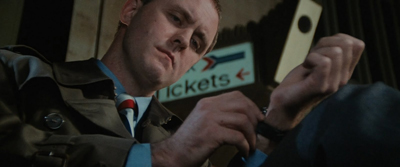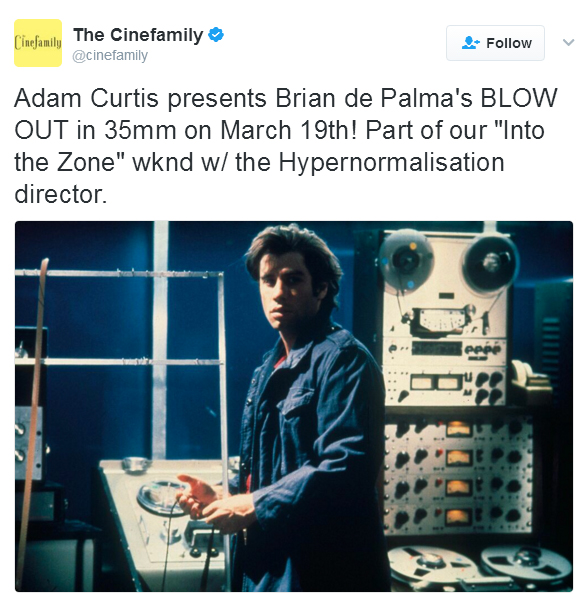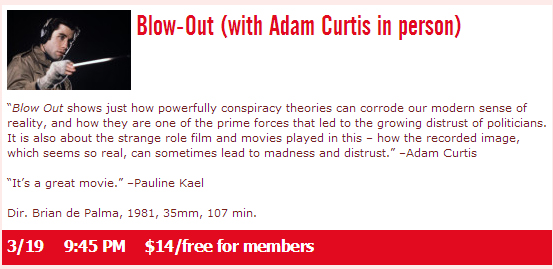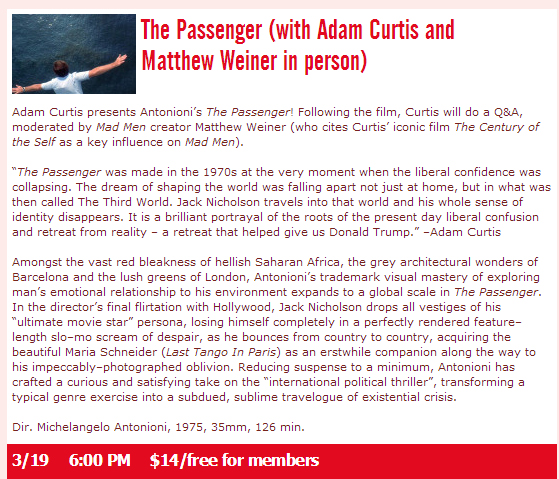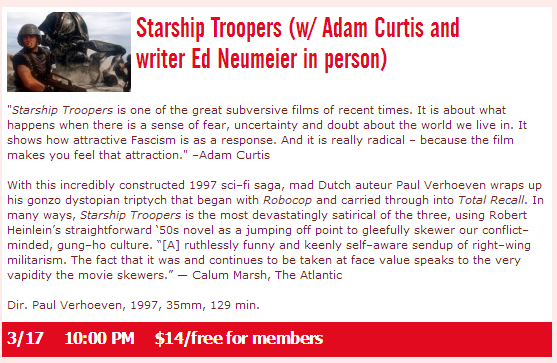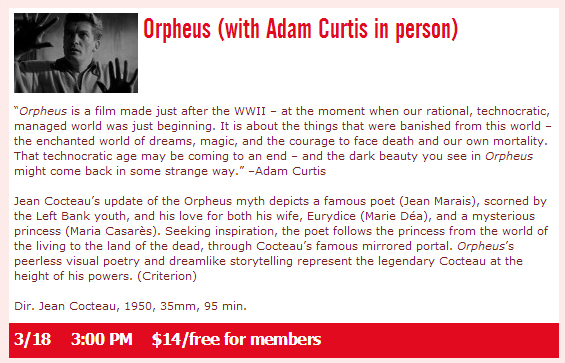Abu Hamdan’s vast works are politically focused, incorporating sounds in an interplay of noise and silence in conflict. He unveiled his award winning work on the 21st of March, on the official opening of Art Dubai. “Walled Unwalled”, a single channel film projected on a glass wall covered in a special holographic foil that allows it to be reactive to light - dark elements of the image retain the glass walls natural transparency while the bright patches allow it to appear solid. The performance comprises of an interlinking series of narratives derived from legal cases that revolved around evidence that was heard or experienced through walls.
The Berlin-based artist has had marvelous successes over the years in using his knowledge and research in sound and surveillance technologies to produce works of art that translate well to a wide audience. His work is like nothing I have encountered before; it is moving, disturbing and raw.
A trained musician, fluent in the anatomy of audio production, Abu Hamdan is able to understand the causes of different types of distortion and noise, qualifying him to work on forensic audio investigations. His work and research mainly revolve around the manners of use and abuse of various kinds of audio.
He has compiled audio analyzes for legal investigations at the UK asylum tribunal, and advocacy for organizations such as Amnesty International and Defense for Children International. Forensic audio investigations are conducted as part of his research at Goldsmiths College at the University of London, where Abu Hamdan is a PhD candidate.
“It’s my formal training as an artist that has augmented this non-expert but proficient training in musical production,” said Abu Hamdan. “Think of Michelangelo Antonioni’s 1966 film ‘Blow-Up,’ or more aptly in this context, Brian De Palma’s 1981 thriller ‘Blow Out.’ In both, we see an artist (a photographer in ‘Blow-Up’ and a B-movie effects artist in ‘Blow Out’) become a murder investigator.
“The intensity with which these artist-protagonists see and hear the world in order to reproduce it — each paying very close attention to every grain of an image or every aspect of an audio track — is so great that both artists unintentionally find themselves in the position of being a forensic investigator.”
Abu Hamdan’s use of audiovisual installations expresses different themes, all of which revolve around the importance of bringing forth the truth. There is no room for lies or deceit, and we all know that science does not lie.
His work, “Saydnaya (The Missing 19db),” speaks of the struggles of surviving Syrian prisoners. The first of a series of articles of evidence produced by Abu Hamdan, it features people talking about their time in a prison where more than 13,000 people have been executed. Blindfolded most of the time, they developed an acute sensitivity to sound. Through their audio testimonies, Abu Hamdan is able to reconstruct the structure of the building and compile evidence of the torture and violence that took place there.
One of the most notable and moving aspects of this project is how the voice was heard before Saydnaya, and a gradual decrease as the voices are lowered at a 19 decibel drop — the disappearance of the voices and the voices of the disappeared.
Another project, “Earshot,” is an audio-ballistic analysis of gunshots recorded in May 2014, when Israeli soldiers in the occupied West Bank shot and killed two teenagers, Nadeem Nawara and Mohammed Abu Daher. The audio evidence aimed to determine whether the soldiers had used rubber bullets, as they claim, or broken the law by firing live ammunition at the two unarmed teenagers. The acoustic analysis, for which Abu Hamdan used special techniques designed to visualize the sound frequencies, established that live shots were indeed fired.
His 15-minute audio essay, “Language Gulf in the Shouting Valley,” captures the plight of the Druze split by the border between the occupied Golan Heights and Syria, where members gather and shout across the divide to family and friends on the other side.
“I see the role of the artist as documenting the world in an avant-garde way — a world that doesn’t yet accept these things as documents but will, at some point,” said Abu Hamdan. “What makes most sense for me as an artist now is to build on that, to believe that the forms of historical documentation and truth-determining we use today are inadequate, and to use experimental material and aesthetic practice as a means to produce new kinds of documents.”
Abu Hamdan goes on to explain that this method often involves focusing on what is in the background, the structural conditions, to propose a truth and to use the intensity of looking at and listening to the world, and to posit a different kind of truth-production through art — a truth-production that is not the law, that is not science, that has very different kinds of models of defining what the truth is. He believes that art offers a third way of doing that.
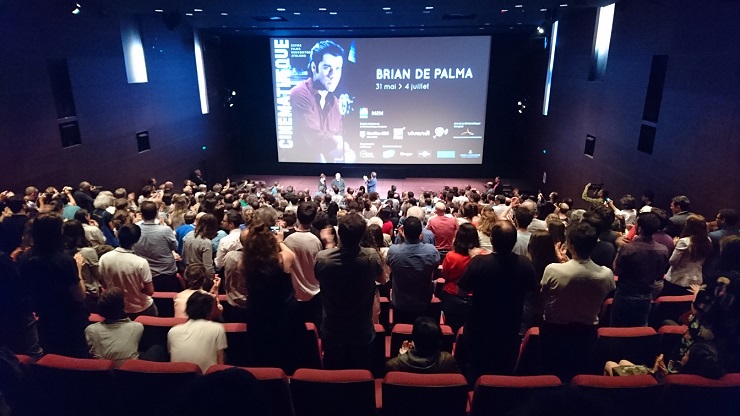




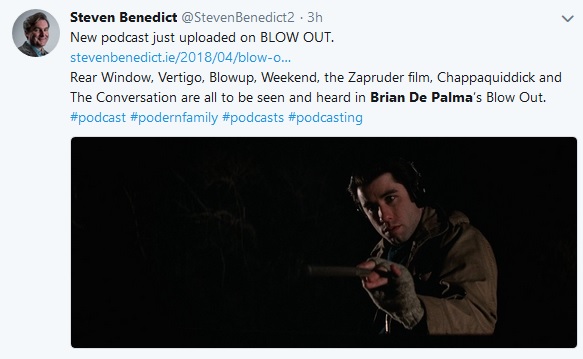
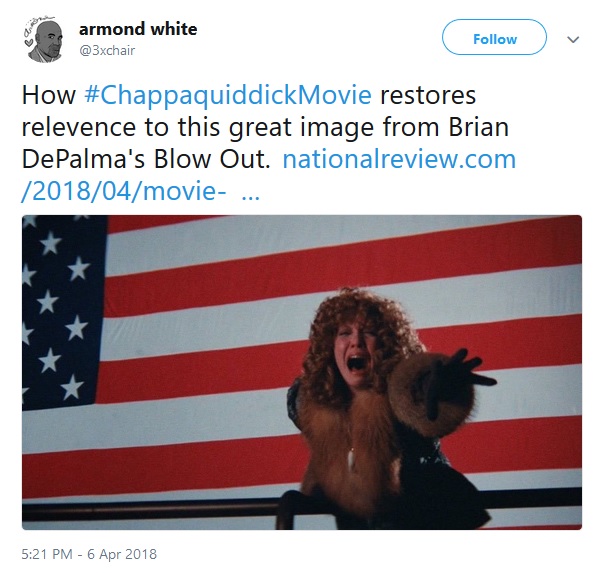
 Berlin-based Lebanese artist Lawrence Abu Hamdan has won the Abraaj Group Art Prize this year in Art Dubai, according to
Berlin-based Lebanese artist Lawrence Abu Hamdan has won the Abraaj Group Art Prize this year in Art Dubai, according to 

